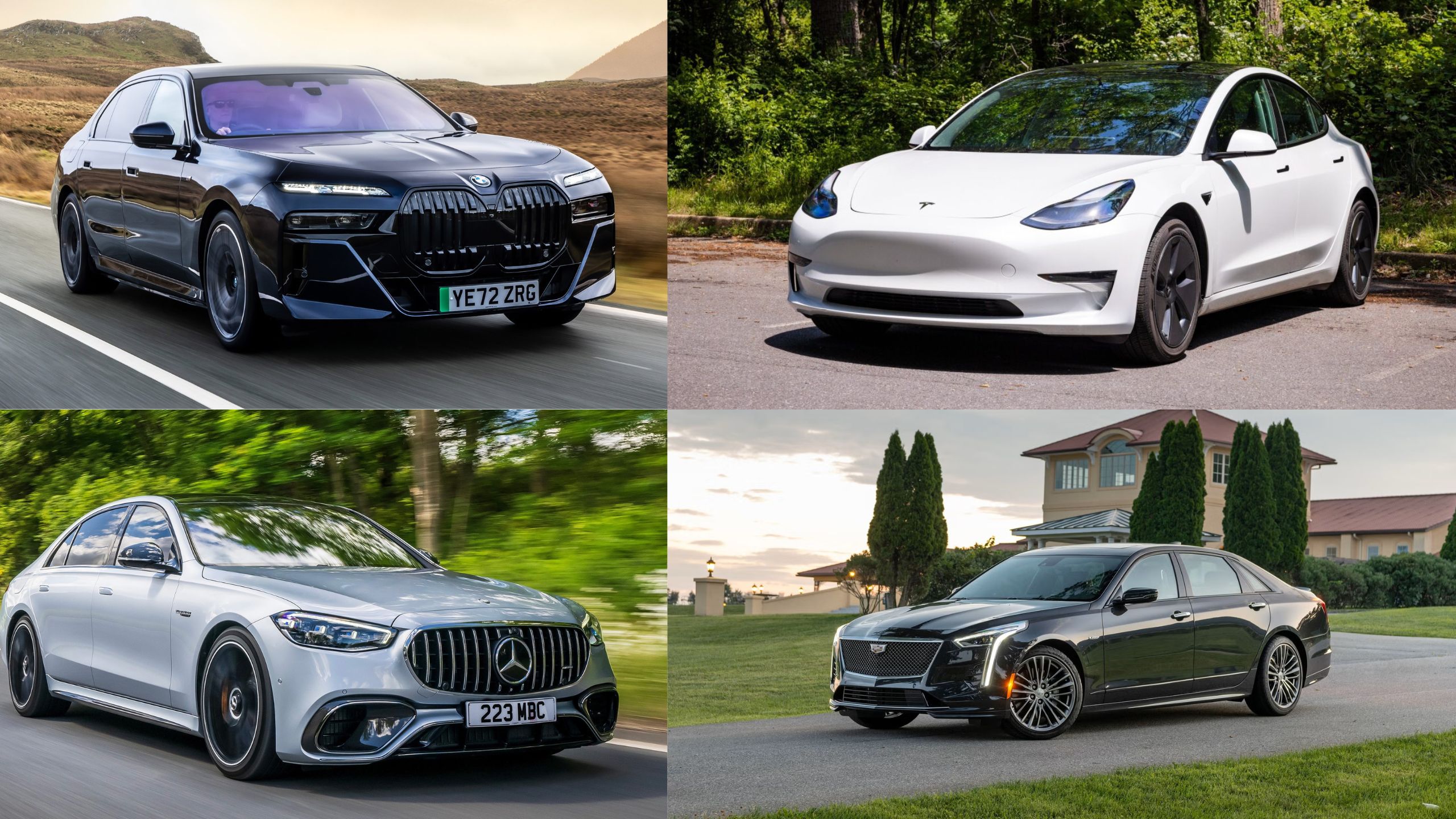In an era of increasing technological innovation, automotive safety has reached unprecedented heights with the introduction of advanced driver monitoring systems (DMS).
These cutting-edge technologies represent a quantum leap in road safety, moving beyond traditional passive safety features to actively prevent accidents before they occur.
Driver monitoring systems utilize sophisticated sensors, cameras, and artificial intelligence to track driver alertness and detect fatigue, distraction, and potential impairment, providing real-time interventions that can save lives.
Modern driver monitoring systems employ a range of sophisticated techniques to ensure driver and passenger safety.
These include eye-tracking technology that monitors gaze direction, facial recognition algorithms that detect signs of drowsiness or inattention, and sophisticated sensor networks that can identify subtle changes in driving behavior.
By constantly analyzing driver performance and physiological indicators, these systems can provide warnings, adjust vehicle settings, and even take preventative actions to mitigate potential risks.
The integration of these technologies represents more than just a technological advancement; it’s a paradigm shift in automotive safety philosophy.
No longer are cars passive protective shells, but active guardians that work in partnership with drivers to create a safer driving environment.
As we explore these 12 remarkable vehicles, we’ll look into how different manufacturers are implementing driver monitoring systems, showcasing the innovative approaches that are transforming road safety and potentially saving countless lives.
1. Tesla Model 3: Advanced Autopilot Monitoring
The Tesla Model 3 represents a groundbreaking approach to driver monitoring, seamlessly integrating cutting-edge technology with intelligent safety features.
At the heart of its driver monitoring system is a sophisticated camera-based network strategically positioned within the vehicle’s interior. Unlike traditional systems, Tesla’s approach focuses on comprehensive driver engagement and attention tracking.
The primary monitoring mechanism utilizes a cabin-facing camera mounted near the rearview mirror, capable of tracking driver eye movement and head position with remarkable precision.
This system works in conjunction with Tesla’s Autopilot technology, creating a dynamic safety ecosystem that constantly assesses driver alertness and interaction with the vehicle’s controls.
When the system detects potential distraction or disengagement, it provides immediate visual and audible warnings, prompting the driver to re-engage with the driving process.
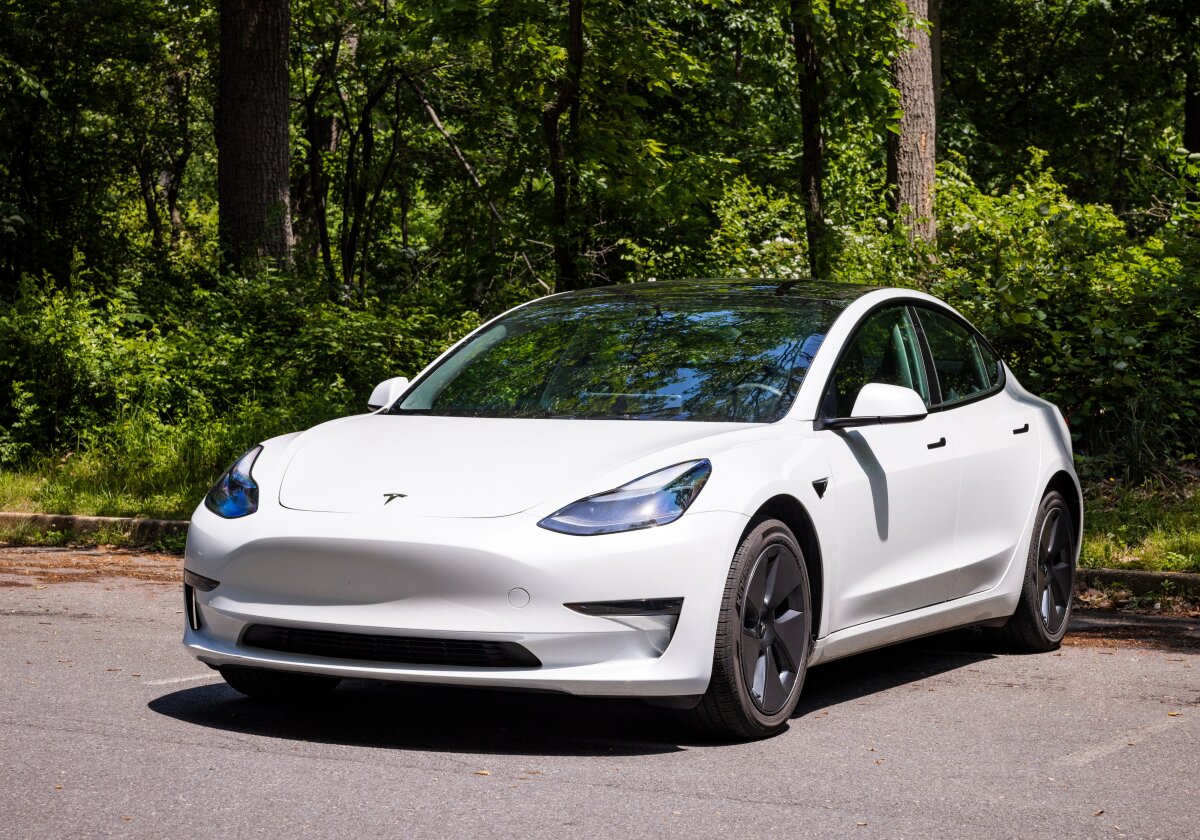
Tesla’s unique approach goes beyond simple warning mechanisms. The driver monitoring system uses machine learning algorithms that continuously adapt to individual driving patterns, creating a personalized safety profile for each driver.
If prolonged inattention is detected, the system progressively increases warning intensity, ultimately disengaging advanced driving assistance features if the driver fails to respond.
The Model 3’s system is particularly innovative in its ability to detect subtle signs of driver fatigue.
By analyzing micro-movements, eye blink rates, and head positioning, the car can predict potential drowsiness before it becomes a critical safety risk. This predictive approach sets Tesla apart from more reactive driver monitoring systems.
Additionally, the vehicle logs and analyzes driver behavior data, allowing for continuous improvement of the monitoring algorithms.
This data-driven approach enables Tesla to refine its safety systems through over-the-air updates, ensuring that the driver monitoring capabilities evolve with advancing technology.
Privacy concerns are addressed through sophisticated anonymization techniques, ensuring that while the system monitors driver behavior, personal data remains protected.
The camera can be physically disabled, providing drivers with additional peace of mind about their privacy.
2. Mercedes-Benz S-Class: Cutting-Edge Safety Intelligence
The Mercedes-Benz S-Class raises driver monitoring to an art form, implementing a multi-layered safety intelligence system that represents the pinnacle of automotive safety technology.
Unlike simplistic monitoring approaches, Mercedes has developed a holistic system that combines multiple sensors, artificial intelligence, and predictive analytics to create an unprecedented driver safety experience.
At the core of the S-Class driver monitoring system is an advanced camera and sensor network that goes far beyond traditional attention tracking.
The cabin-mounted camera uses high-resolution imaging combined with infrared technology to track driver behaviors under various lighting conditions.
This allows for precise monitoring of eye movement, head position, and subtle physiological indicators of fatigue or distraction.
Mercedes’ system distinguishes itself through its comprehensive approach to driver state assessment. Beyond simple eye-tracking, it analyzes complex parameters like steering wheel grip, pedal interaction, and even micro-adjustments in seating position.

These data points are processed through sophisticated machine learning algorithms that can detect nuanced changes in driver conditions that might indicate emerging fatigue or reduced cognitive capacity.
The vehicle doesn’t just monitor; it actively intervenes when potential risks are detected. If the system determines the driver is becoming drowsy, it can initiate a series of graduated responses.
These might include subtle steering wheel vibrations, adjusted ambient lighting to increase alertness, or audio alerts designed to re-engage the driver’s attention.
One particularly innovative feature is the system’s ability to differentiate between temporary distraction and more serious cognitive impairment.
By establishing a baseline of individual driving behavior, the S-Class can identify when deviations might indicate more serious issues like potential medical emergencies or significant fatigue.
The integration extends beyond the vehicle itself, with potential connections to broader safety ecosystems.
Future iterations might include communication with emergency services or integrated health monitoring that could provide critical interventions in extreme scenarios.
3. BMW 7 Series: Precision Driver Awareness
BMW’s approach to driver monitoring in the 7 Series represents a pinnacle of German engineering precision, combining sophisticated sensor technology with intelligent safety algorithms.
The system is designed to create an almost symbiotic relationship between driver and vehicle, continuously assessing and responding to the driver’s physical and cognitive state.
Central to the BMW driver monitoring system is a multi-modal sensor array that goes beyond traditional camera-based tracking. Infrared cameras, capacitive sensors, and advanced machine learning algorithms work in concert to create a comprehensive understanding of driver conditions.
The system can detect not just visual cues of fatigue, but also subtle changes in physiological responses that might indicate emerging safety risks.
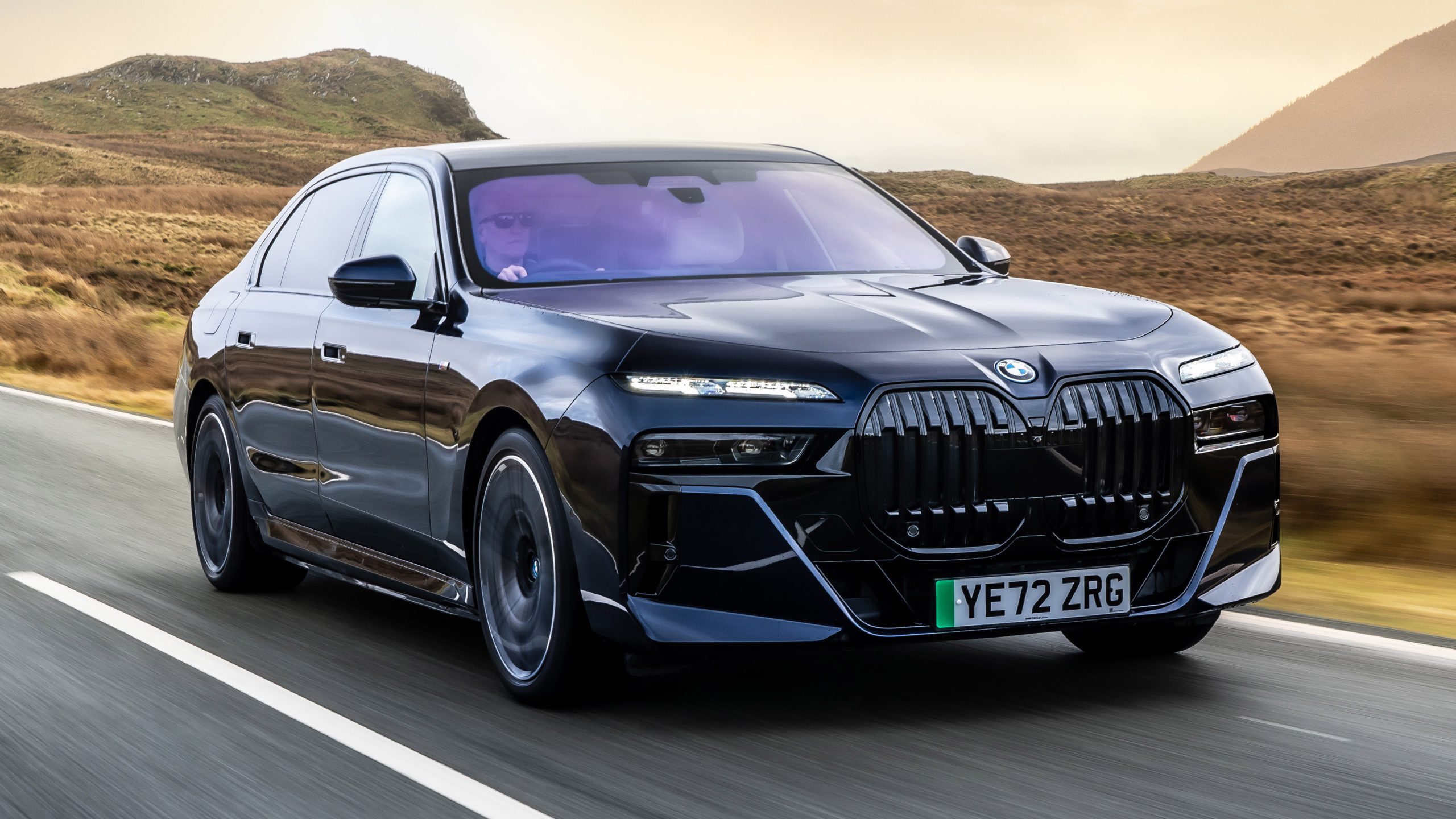
The monitoring begins the moment the driver enters the vehicle. Capacitive sensors in the steering wheel and seat can detect the driver’s grip strength, body positioning, and even minute tremors that might indicate fatigue or potential medical issues.
These sensors are complemented by a high-resolution cabin camera that tracks eye movement, blinking patterns, and head positioning with extraordinary precision.
What sets the BMW system apart is its predictive intelligence. Rather than simply reacting to detected issues, the system attempts to anticipate potential problems before they manifest.
By establishing a baseline of individual driving behavior, it can identify subtle deviations that might indicate emerging fatigue or reduced cognitive capacity.
When potential risks are detected, the 7 Series doesn’t rely on a one-size-fits-all approach. The intervention strategies are dynamically adjusted based on the specific situation and the driver’s characteristics.
This might include subtle steering wheel vibrations, adjusted climate control to increase alertness, or carefully calibrated audio alerts designed to re-engage the driver’s attention.
4. Cadillac CT6: Super Cruise Technology
The Cadillac CT6 introduces Super Cruise, a revolutionary driver monitoring system that represents a quantum leap in automotive safety technology.
Unlike traditional driver assistance systems, Super Cruise offers true hands-free driving on compatible highways, with an unprecedented level of driver state monitoring and safety integration.
At the heart of the system is a sophisticated driver attention detection mechanism that uses an infrared camera mounted on the steering column.
This camera tracks the driver’s eye movement and head position with remarkable precision, ensuring that the driver remains attentive and ready to take control if necessary. The system goes beyond simple tracking, implementing a complex algorithm that can distinguish between active engagement and momentary distraction.
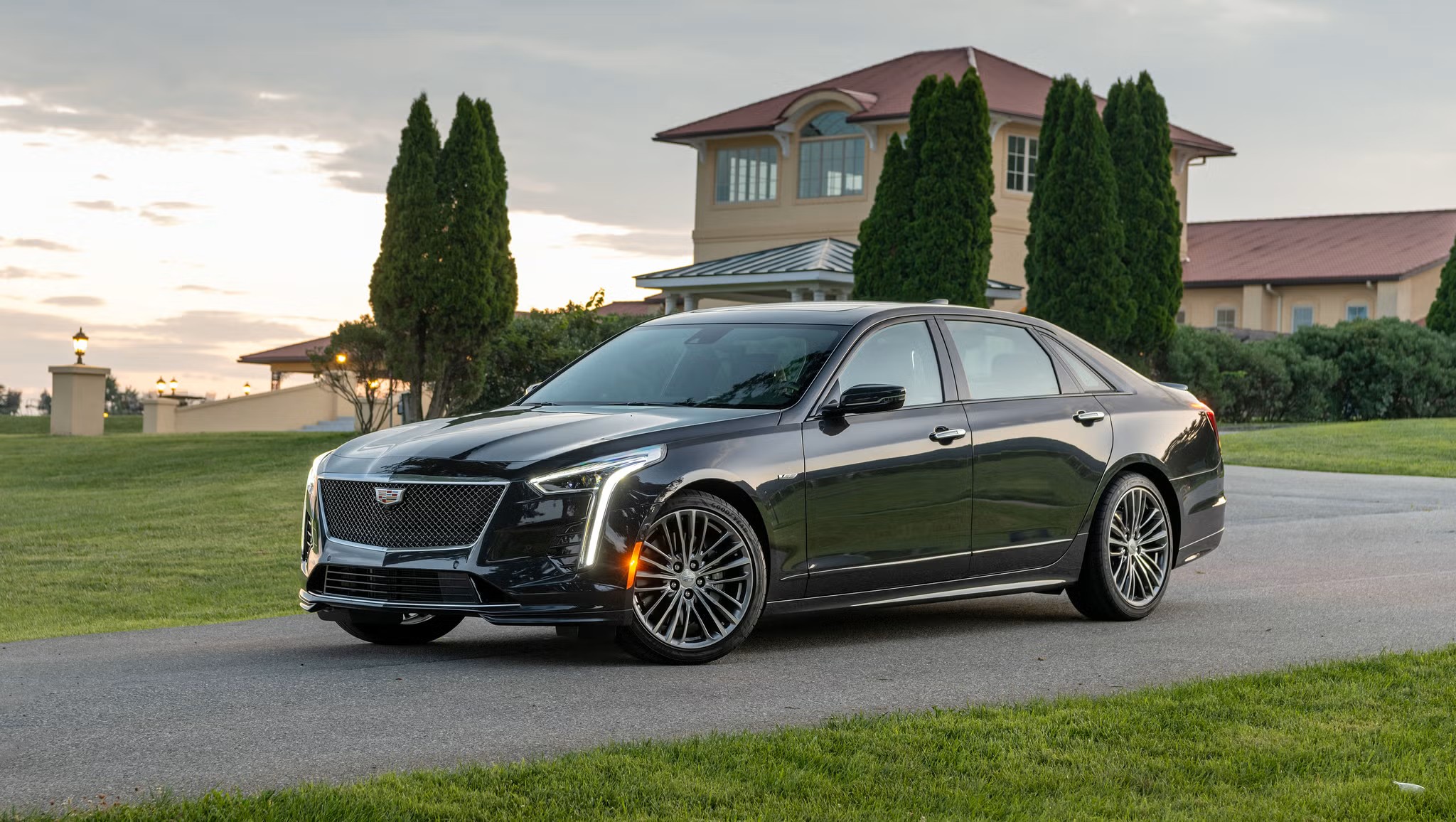
Super Cruise’s most innovative feature is its ability to create a comprehensive driver engagement map.
By analyzing eye movement, head position, and physiological indicators, the system can determine not just whether the driver is looking at the road, but whether they are truly alert and prepared to take control.
This is critical in a hands-free driving scenario where the driver must be ready to intervene at a moment’s notice.
The technology includes a highly visible light bar integrated into the steering wheel, which provides real-time feedback about the system’s status.
When Super Cruise is active and the driver is appropriately engaged, the bar glows green. If the driver’s attention begins to waver, the bar turns red, providing an immediate visual warning.
Failure to re-engage can result in the system progressively limiting functionality and ultimately bringing the vehicle to a safe stop.
Geofencing technology ensures that Super Cruise only operates on pre-mapped highways, adding a layer of safety.
The system uses high-precision GPS, LiDAR map data, and real-time sensor information to maintain precise vehicle positioning and ensure safe operation.
Also Read: 10 High-End Cars With the Most Reliable Air Suspension Systems
5. Volvo XC90: Comprehensive Safety Ecosystem
Volvo has long been synonymous with automotive safety, and the XC90’s driver monitoring system represents the pinnacle of its commitment to protecting both drivers and passengers.
The vehicle’s safety approach transcends traditional monitoring, creating an intelligent ecosystem that anticipates and prevents potential risks before they materialize.
At the core of the XC90’s driver monitoring technology is a sophisticated network of sensors and cameras that work in perfect harmony to assess driver conditions continuously.
The cabin-mounted camera uses advanced computer vision algorithms to track eye movement, head position, and subtle indicators of driver fatigue or distraction.
Unlike more reactive systems, Volvo’s approach is proactive, designed to identify potential safety risks before they become critical.
The system employs a multi-layered approach to driver state assessment. Capacitive sensors in the steering wheel detect grip strength and consistency, while additional sensors analyze steering patterns, vehicle positioning, and micro-corrections.
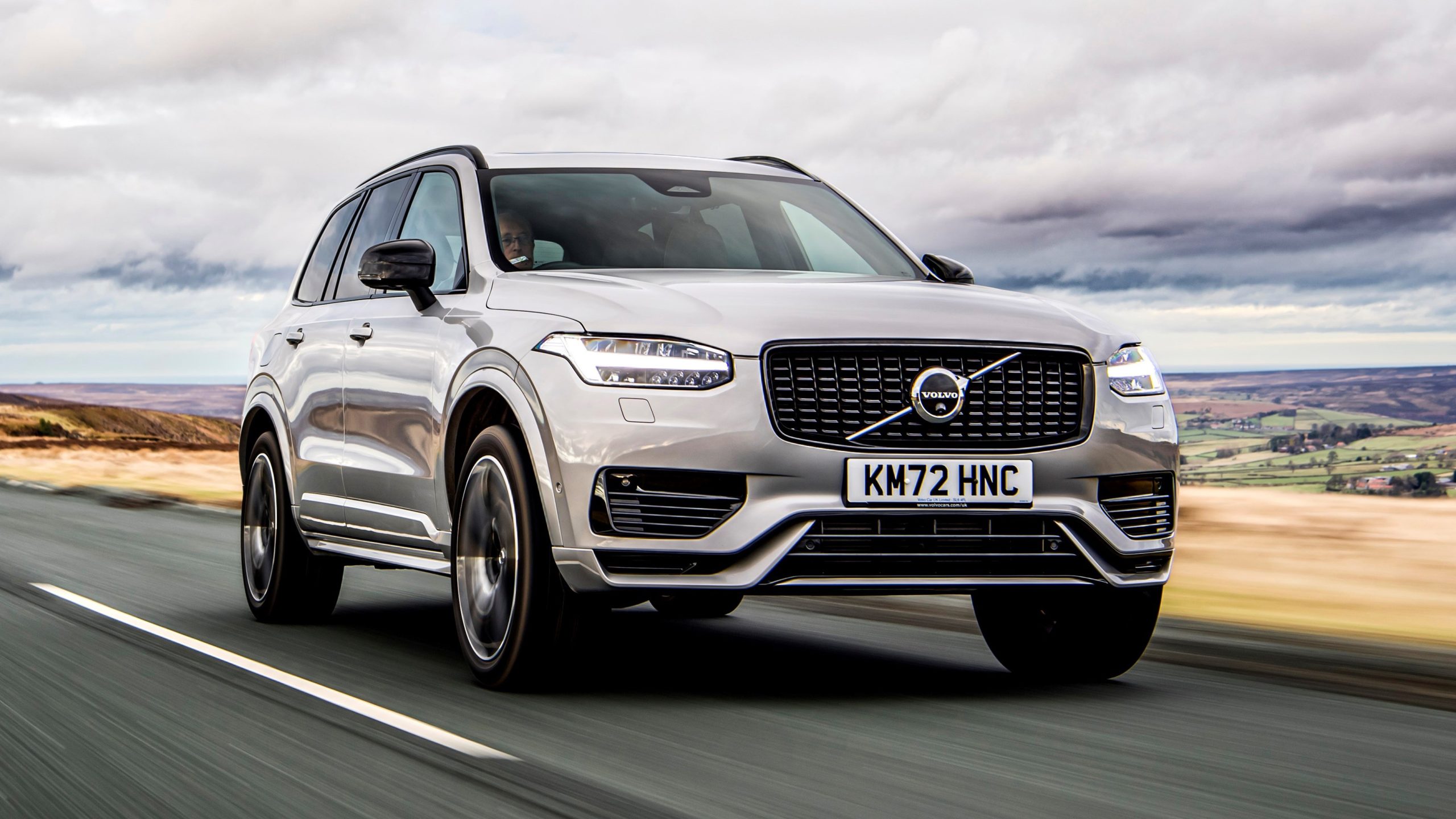
These data points are processed through advanced machine learning algorithms that can distinguish between normal driving variations and potential signs of impairment.
One of the most innovative features is the XC90’s ability to detect driver drowsiness through a comprehensive analysis of driving behavior. The system doesn’t just look at isolated indicators but creates a holistic profile of driver alertness.
If prolonged signs of fatigue are detected, the vehicle can initiate a series of interventions, including audio alerts, adjusted cabin lighting, and recommendations for rest stops.
The safety ecosystem extends beyond simple monitoring. Volvo’s Pilot Assist technology integrates seamlessly with the driver monitoring system, providing adaptive cruise control and lane-keeping assistance that responds to the driver’s current state.
If the system detects reduced driver attention, it can progressively adjust vehicle assistance to ensure maximum safety.
Privacy and driver autonomy are also key considerations. The monitoring system is designed to be non-invasive, with clear indicators of its status and the ability for drivers to understand and interact with the safety technology. Volvo has carefully balanced technological intervention with driver comfort and choice.
6. Audi A8: Predictive Driver Assistance
The Audi A8 represents a breakthrough in predictive driver monitoring, combining cutting-edge sensor technology with artificial intelligence to create an unprecedented safety experience.
This flagship sedan goes beyond traditional monitoring, implementing a proactive approach that anticipates and mitigates potential driving risks.
Central to the A8’s driver monitoring system is a complex array of sensors that create a 360-degree understanding of both vehicle and driver conditions.
A high-resolution cabin camera tracks eye movement and head positioning with remarkable precision, using infrared technology to maintain effectiveness in various lighting conditions.
This is complemented by capacitive sensors in the steering wheel that analyze grip strength, hand positioning, and subtle physiological indicators.
Audi’s system distinguishes itself through its predictive intelligence. Machine learning algorithms continuously analyze driving patterns, creating a personalized profile that can detect even minute deviations from normal behavior.

The system doesn’t just react to immediate signs of fatigue or distraction but attempts to anticipate potential issues before they become critical safety risks.
The monitoring technology integrates seamlessly with Audi’s advanced driver assistance systems. When potential signs of driver impairment are detected, the vehicle can initiate a graduated response.
This might begin with subtle visual or audio alerts, progressively increasing in intensity if the driver fails to respond. In extreme cases, the system can even prepare to execute a safe vehicle stop, ensuring passenger safety.
One of the most innovative features is the system’s ability to learn and adapt to individual driving styles. Unlike one-size-fits-all approaches, the Audi A8’s monitoring technology creates a unique driver profile that becomes more sophisticated over time.
This allows for increasingly personalized and accurate safety interventions. The technology also considers broader contextual factors.
The system analyzes not just driver conditions, but also external factors like traffic patterns, road conditions, and time of day. This holistic approach allows for more nuanced and intelligent safety interventions that go beyond simple reactive monitoring.
7. Genesis G90: Intelligent Monitoring Technology
The Genesis G90 emerges as a technological marvel in driver monitoring, blending luxury with cutting-edge safety innovations that redefine automotive intelligent assistance.
At the heart of its system lies a comprehensive sensor network that transforms the vehicle into an adaptive safety guardian, constantly analyzing driver conditions with unprecedented precision.
The G90’s driver monitoring system utilizes a multi-modal approach that goes beyond traditional tracking methods.
A sophisticated cabin-mounted camera equipped with advanced infrared technology provides continuous monitoring of driver physiological and behavioral indicators.
This system can detect subtle changes in eye movement, blink rates, head positioning, and micro-expressions that might indicate emerging fatigue or distraction.
What sets Genesis apart is its holistic approach to driver state assessment. Capacitive sensors integrated throughout the steering wheel and seat create a comprehensive physiological profile, analyzing grip strength, body positioning, and even minute tremors that could signal reduced cognitive capacity.
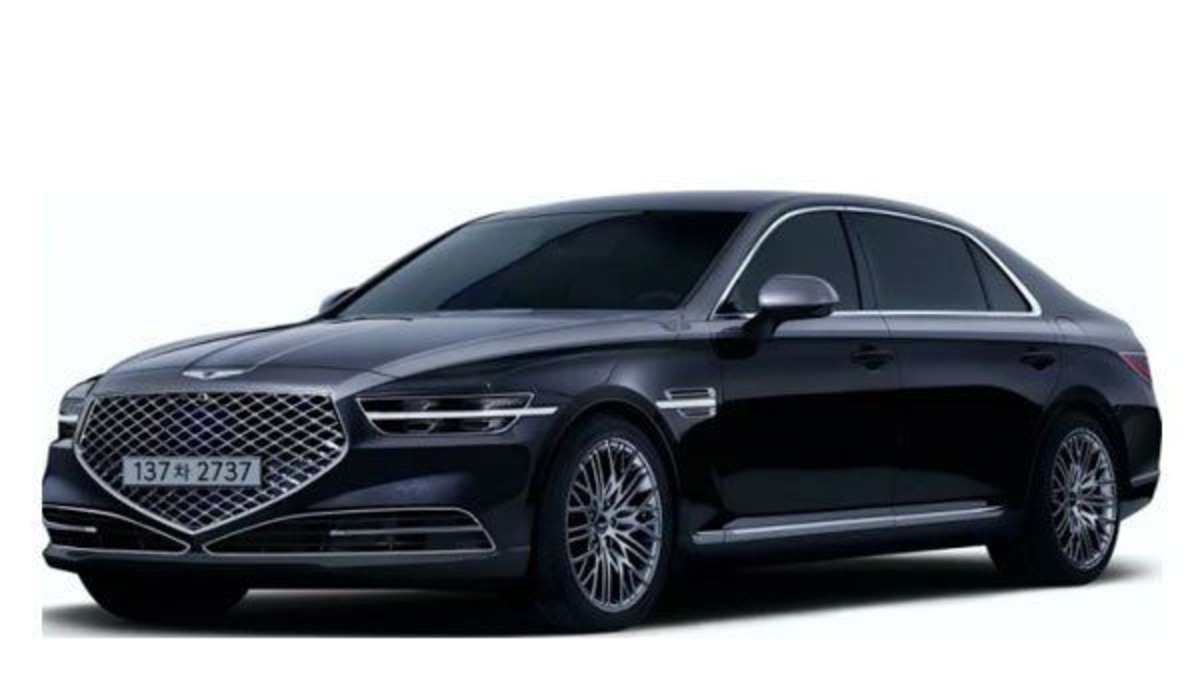
Machine learning algorithms process these data points in real time, creating a dynamic understanding of driver alertness that adapts to individual driving patterns.
The intervention strategy is equally sophisticated. When potential risks are detected, the G90 doesn’t rely on harsh or intrusive alerts.
Instead, it employs a graduated response system that can subtly adjust the cabin environment, provide gentle audio cues, or offer recommendations for rest or increased attention.
The system is designed to feel like an intelligent co-pilot rather than an invasive monitoring tool.
Integration with the vehicle’s advanced driver assistance systems allows for predictive safety interventions.
If prolonged signs of fatigue are detected, the G90 can automatically adjust cruise control settings, suggest route modifications, or provide recommendations for safe stopping points.
This proactive approach transforms driver monitoring from a reactive safety measure to a predictive safety ecosystem.
8. Lexus LS: Advanced Driver Attention System
The Lexus LS represents a pinnacle of driver monitoring technology, combining Japanese precision engineering with sophisticated artificial intelligence to create an unparalleled safety experience.
The vehicle’s driver attention system goes far beyond traditional monitoring, implementing a comprehensive approach that anticipates and mitigates potential driving risks.
Central to the LS’s monitoring technology is a high-resolution camera system that tracks driver behavior with extraordinary precision.
Utilizing advanced computer vision algorithms and infrared technology, the system can detect subtle changes in eye movement, head positioning, and physiological indicators that might suggest emerging fatigue or distraction.
Lexus has developed a unique machine learning approach that creates a personalized driver profile.
The system doesn’t just track generic indicators of fatigue but learns individual driving patterns, allowing for more nuanced and accurate safety interventions.
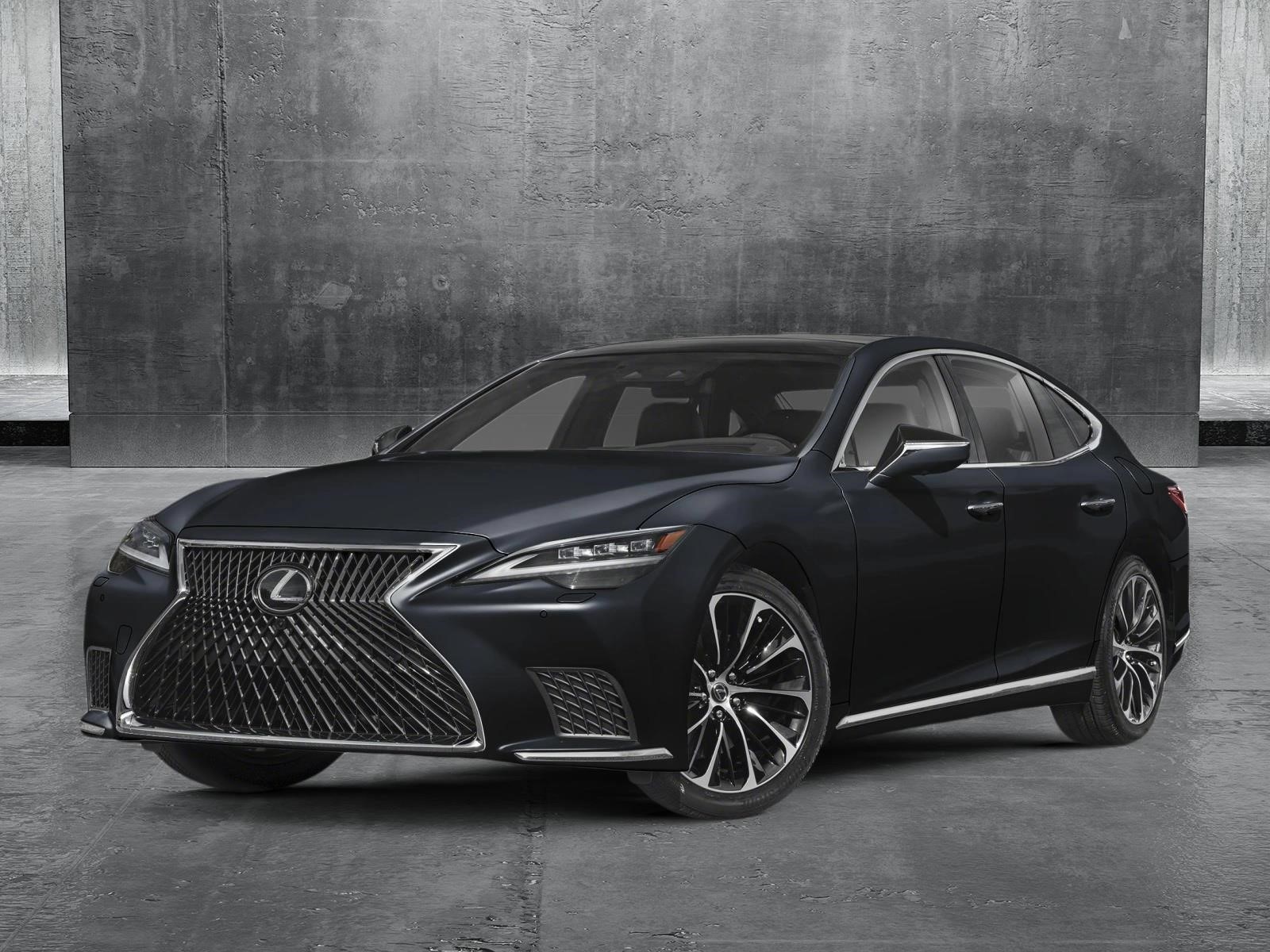
By establishing a baseline of normal driving behavior, the system can identify even minor deviations that might indicate potential risks.
The intervention mechanism is designed to be both intelligent and non-intrusive. When potential issues are detected, the LS can initiate a range of responses, from subtle steering wheel vibrations to adjusted cabin lighting and audio alerts.
The goal is to re-engage the driver’s attention without creating unnecessary stress or disruption.
Integration with the vehicle’s advanced driver assistance technologies allows for a holistic safety approach.
The monitoring system can communicate with adaptive cruise control, lane-keeping assistance, and other safety features to create a comprehensive protective ecosystem that responds dynamically to the driver’s condition.
9. Ford F-150: Truck Safety Innovation
The Ford F-150 brings driver monitoring technology to heavy duty trucks, demonstrating that advanced safety systems are not limited to luxury sedans.
Recognizing the unique challenges faced by truck drivers, Ford has developed a robust monitoring system that addresses the specific needs of commercial and personal truck users.
At the core of the F-150’s driver monitoring technology is a sophisticated sensor network that goes beyond traditional tracking methods.
The cabin-mounted camera uses advanced computer vision algorithms to track eye movement, head positioning, and subtle physiological indicators.
This is particularly crucial for truck drivers who often face long hours, varied driving conditions, and potential fatigue-related risks.

The system is uniquely adapted to truck-specific driving scenarios. Machine learning algorithms are trained on data specific to truck driving patterns, considering factors like longer driving hours, different seating positions, and the unique stress factors associated with commercial and heavy-duty driving.
This allows for more accurate and relevant safety interventions. Ford’s approach considers the diverse use cases of truck drivers.
The monitoring system can distinguish between different driving scenarios from long-haul commercial driving to weekend recreational use.
This adaptability ensures that the safety technology remains relevant across various driving contexts. Intervention strategies are designed to be both effective and respectful of driver autonomy.
When potential fatigue or distraction is detected, the F-150 can provide graduated alerts, suggest rest breaks, and even integrate with navigation systems to recommend safe stopping points. The goal is to create a supportive safety ecosystem rather than an invasive monitoring tool.
10. Subaru Forester: EyeSight Driver Assist
Subaru’s EyeSight Driver Assist technology represents a revolutionary approach to driver monitoring, particularly designed for safety-conscious drivers who prioritize advanced technological protection.
Unlike more passive monitoring systems, Forester’s EyeSight technology creates a comprehensive safety ecosystem that actively works to prevent potential driving risks.
At the core of the system is a sophisticated dual-camera setup strategically positioned near the rearview mirror.
These cameras provide stereoscopic vision, allowing for depth perception and advanced object recognition that goes far beyond traditional single-camera monitoring systems.
This technology enables the Forester to create a three-dimensional understanding of the driving environment, tracking both driver behavior and surrounding road conditions with unprecedented precision.
The EyeSight system employs advanced machine learning algorithms that continuously analyze driving patterns, detecting subtle changes in driver behavior that might indicate fatigue, distraction, or potential impairment.
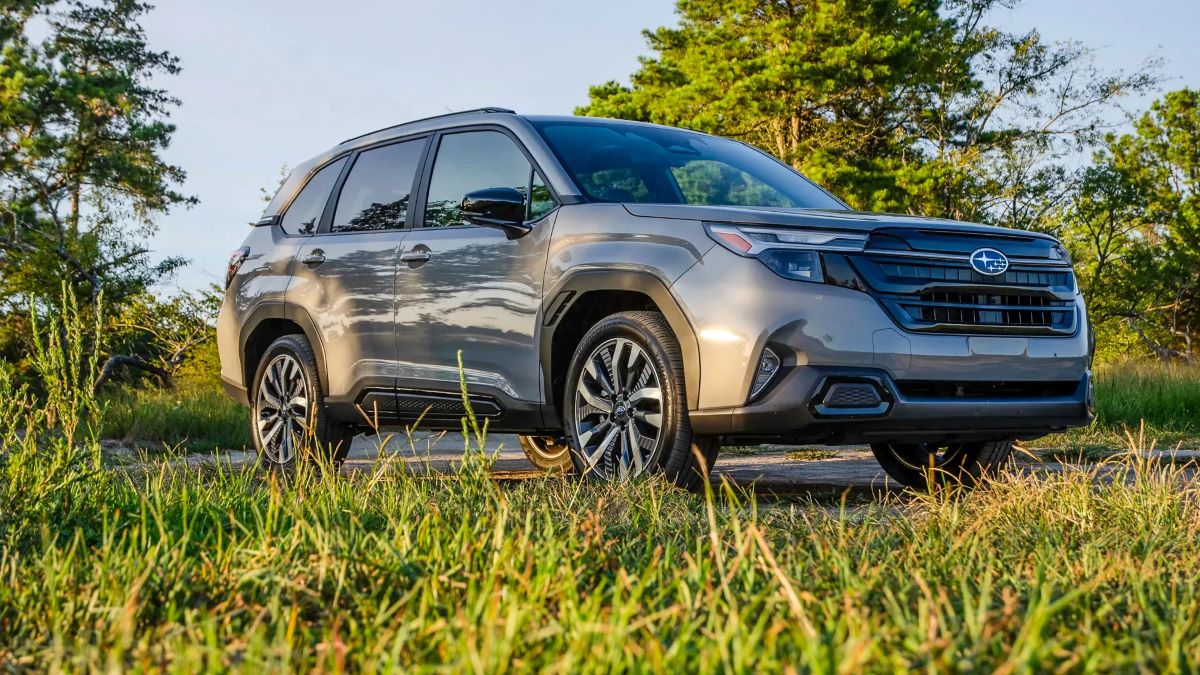
Unlike reactive systems, Subaru’s approach is proactively predictive, attempting to anticipate potential safety risks before they become critical.
One of the most innovative features is the system’s ability to provide graduated interventions. When potential issues are detected, the Forester can initiate a range of responses tailored to the specific driving scenario.
These might include gentle steering wheel vibrations, audio alerts, or adaptive cruise control adjustments that encourage increased driver attention.
The monitoring goes beyond simple visual tracking. Integrated sensors analyze steering input, vehicle positioning, and micro-corrections, creating a holistic profile of driver performance.
This allows the system to distinguish between normal driving variations and potential signs of reduced cognitive capacity.
Privacy and driver autonomy remain key considerations. The EyeSight system is designed to be non-invasive, providing clear indicators of its status and allowing drivers to understand and interact with the safety technology. Subaru has carefully balanced technological intervention with driver comfort and choice.
11. Porsche Panamera: Performance Safety Integration
The Porsche Panamera represents a pinnacle of driver monitoring technology, seamlessly blending high-performance driving dynamics with cutting-edge safety intelligence.
Unlike conventional monitoring systems, Porsche has engineered a sophisticated approach that understands the nuanced demands of performance-oriented driving while maintaining an unwavering commitment to driver safety.
At the heart of the Panamera’s monitoring system is a multi-layered sensor network that goes far beyond traditional tracking methods.
Advanced camera technologies, including high-resolution cabin cameras and infrared sensors, work in perfect synchronization to create a comprehensive real-time assessment of driver condition and vehicle performance.
This system is uniquely calibrated to capture the subtle nuances of performance driving, recognizing that high-speed and dynamic driving requires a more sophisticated approach to safety monitoring.
The technological innovation lies in its adaptive intelligence. Machine learning algorithms are specifically trained on performance driving data, allowing the system to distinguish between intentional high-performance driving techniques and potential signs of driver fatigue or distraction.

This means the monitoring system can differentiate between aggressive cornering during a track session and potentially dangerous driver inattention.
Intervention mechanisms are designed with the discerning Porsche driver in mind. Rather than intrusive alerts, the system provides subtle, sophisticated feedback.
Potential driver disengagement might trigger gentle steering wheel vibrations, carefully calibrated audio cues, or adaptive changes in vehicle dynamics that encourage increased driver attention without disrupting the driving experience.
The system integrates seamlessly with the Panamera’s advanced driver assistance technologies, creating a holistic safety ecosystem.
When potential risks are detected, the vehicle can dynamically adjust cruise control, provide navigation recommendations, or suggest appropriate rest periods.
This approach transforms driver monitoring from a reactive safety measure to a predictive, intelligent co-pilot.
12. Nissan ProPILOT: Intelligent Mobility
Nissan’s ProPILOT system represents a revolutionary approach to driver monitoring, embodying the company’s vision of intelligent mobility.
This advanced technology goes beyond traditional safety systems, creating an adaptive safety ecosystem that actively works to prevent potential driving risks and support driver well-being.
The core of the ProPILOT system is a sophisticated sensor network that provides a comprehensive 360-degree understanding of both vehicle and driver conditions.
Utilizing advanced computer vision technologies and machine learning algorithms, the system creates a dynamic, real-time profile of driver alertness, physiological condition, and driving performance.
What distinguishes ProPILOT is its holistic and adaptive approach to driver assistance. The system doesn’t merely monitor; it actively learns and adapts to individual driving styles.
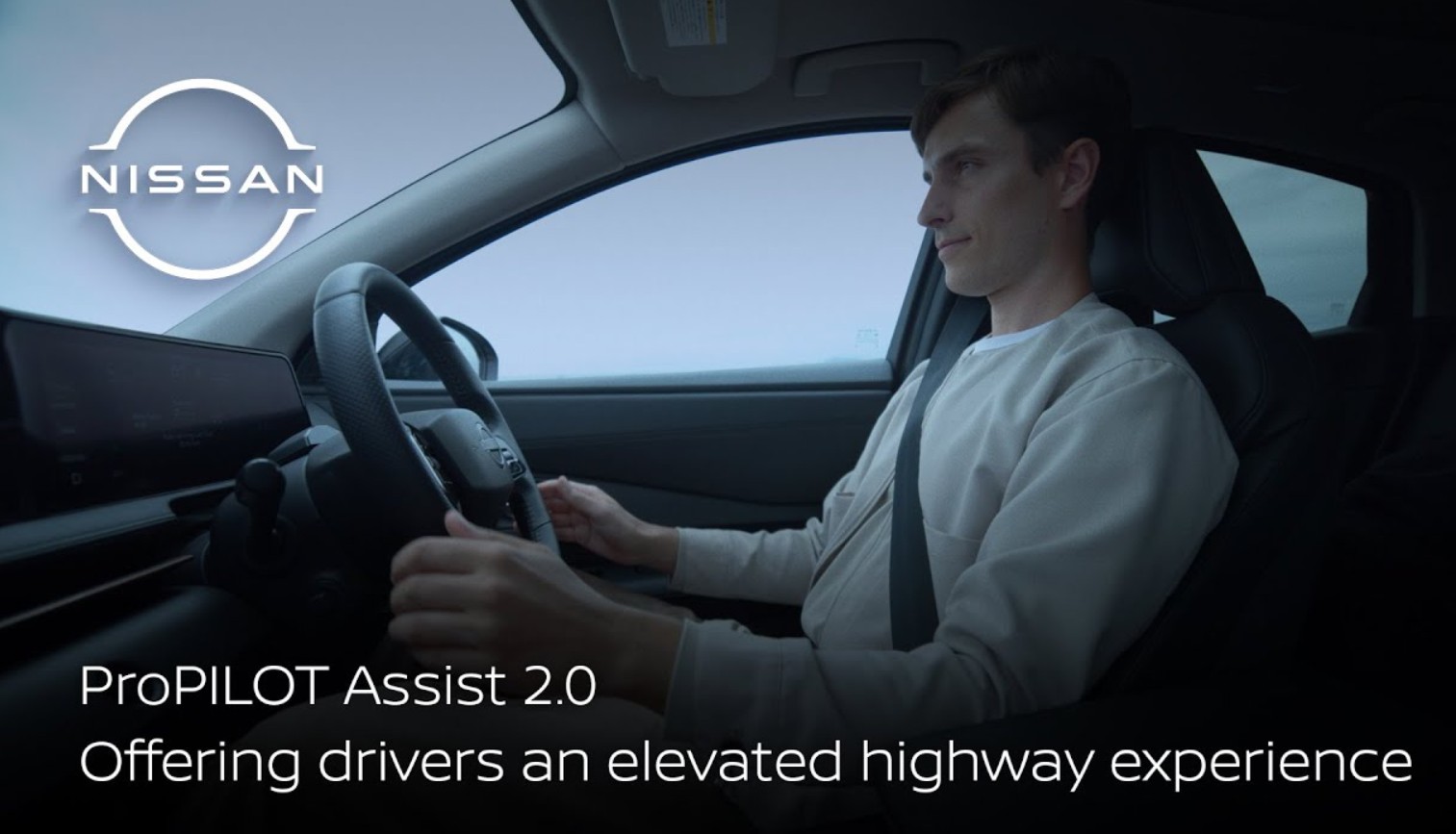
By establishing a baseline of normal driving behavior, ProPILOT can detect even subtle deviations that might indicate emerging safety risks.
This personalized approach ensures that the monitoring becomes increasingly precise and effective over time.
The intervention mechanism is designed to be both intelligent and non-intrusive. When potential fatigue or distraction is detected, ProPILOT can initiate a graduated response strategy.
This might include subtle steering wheel vibrations, adjusted cabin lighting, audio alerts, or recommendations for rest stops. The goal is to re-engage the driver’s attention seamlessly and supportively.
Integration with Nissan’s advanced driver assistance technologies allows for a comprehensive safety approach.
The monitoring system communicates with adaptive cruise control, lane-keeping assistance, and other safety features to create a dynamic protective ecosystem that responds intelligently to changing driving conditions and driver states.
Privacy and driver autonomy remain paramount in the ProPILOT design. The system provides clear, transparent feedback about its monitoring status, allowing drivers to understand and interact with the technology comfortably.
This approach ensures that the advanced safety features feel like a supportive co-pilot rather than an invasive monitoring tool.
Also Read: 12 Used Luxury Cars That Are Built Like Tanks and Worth Every Penny

